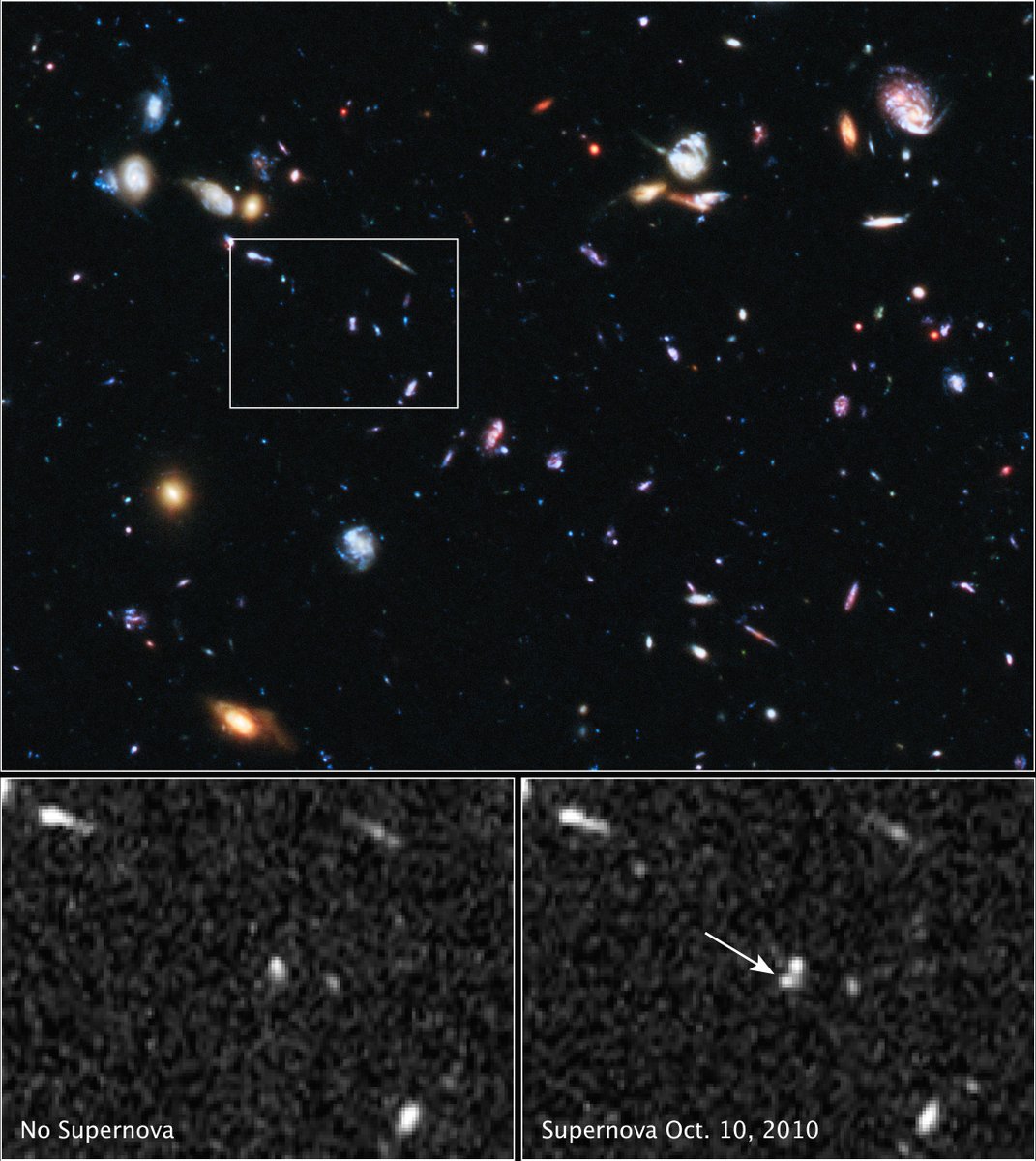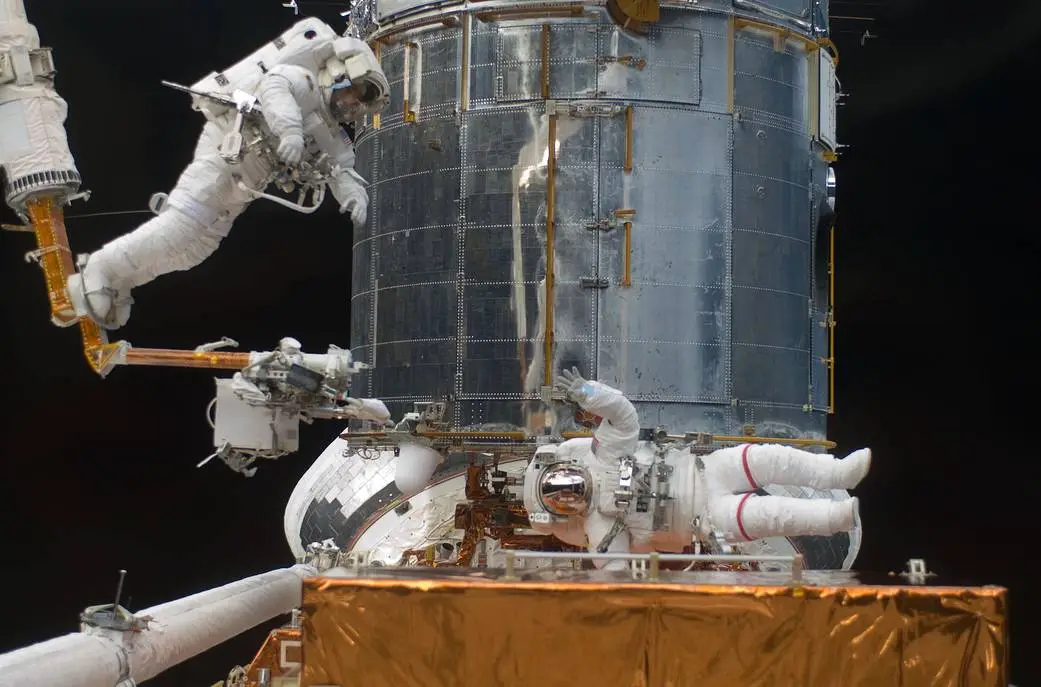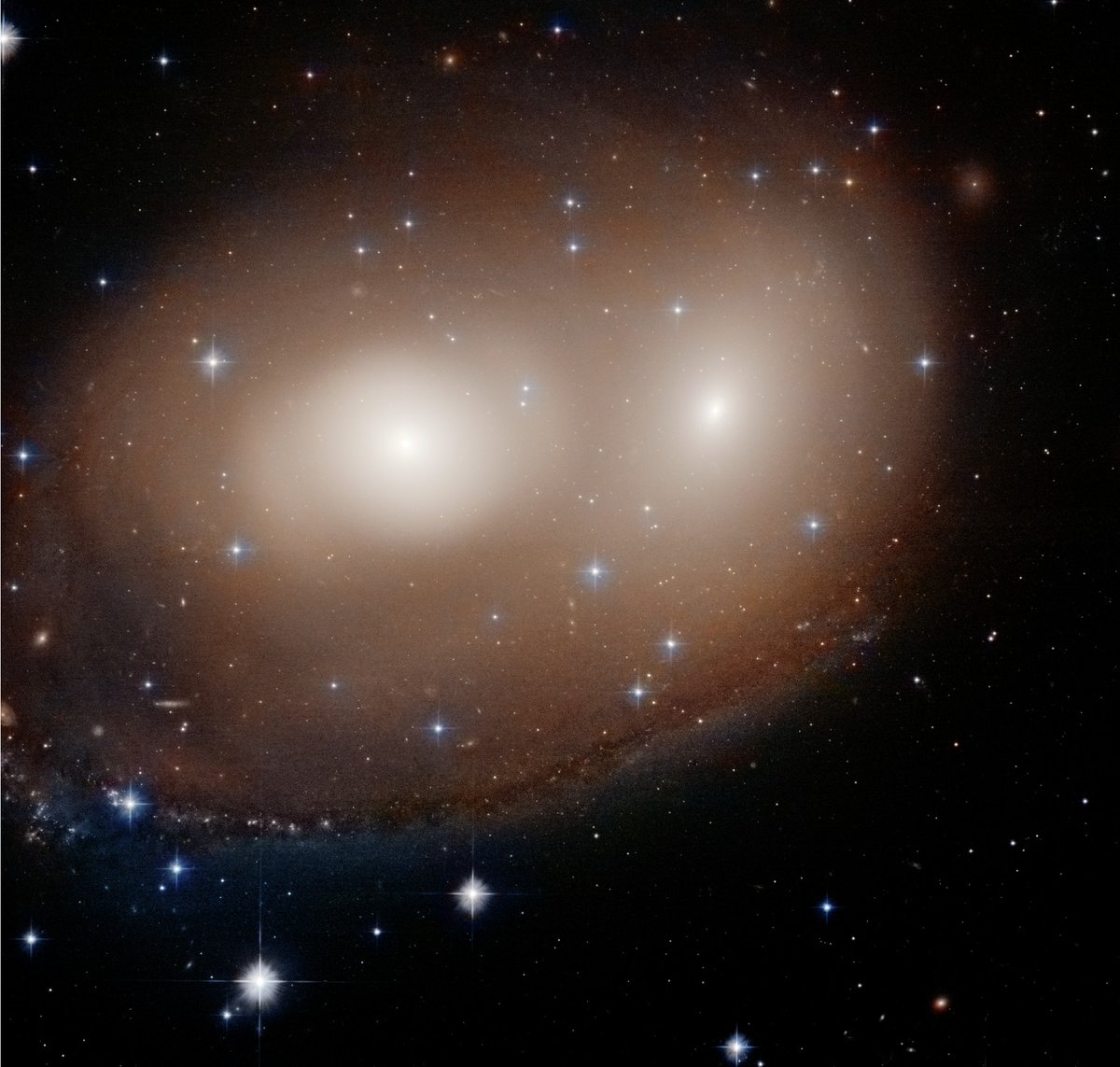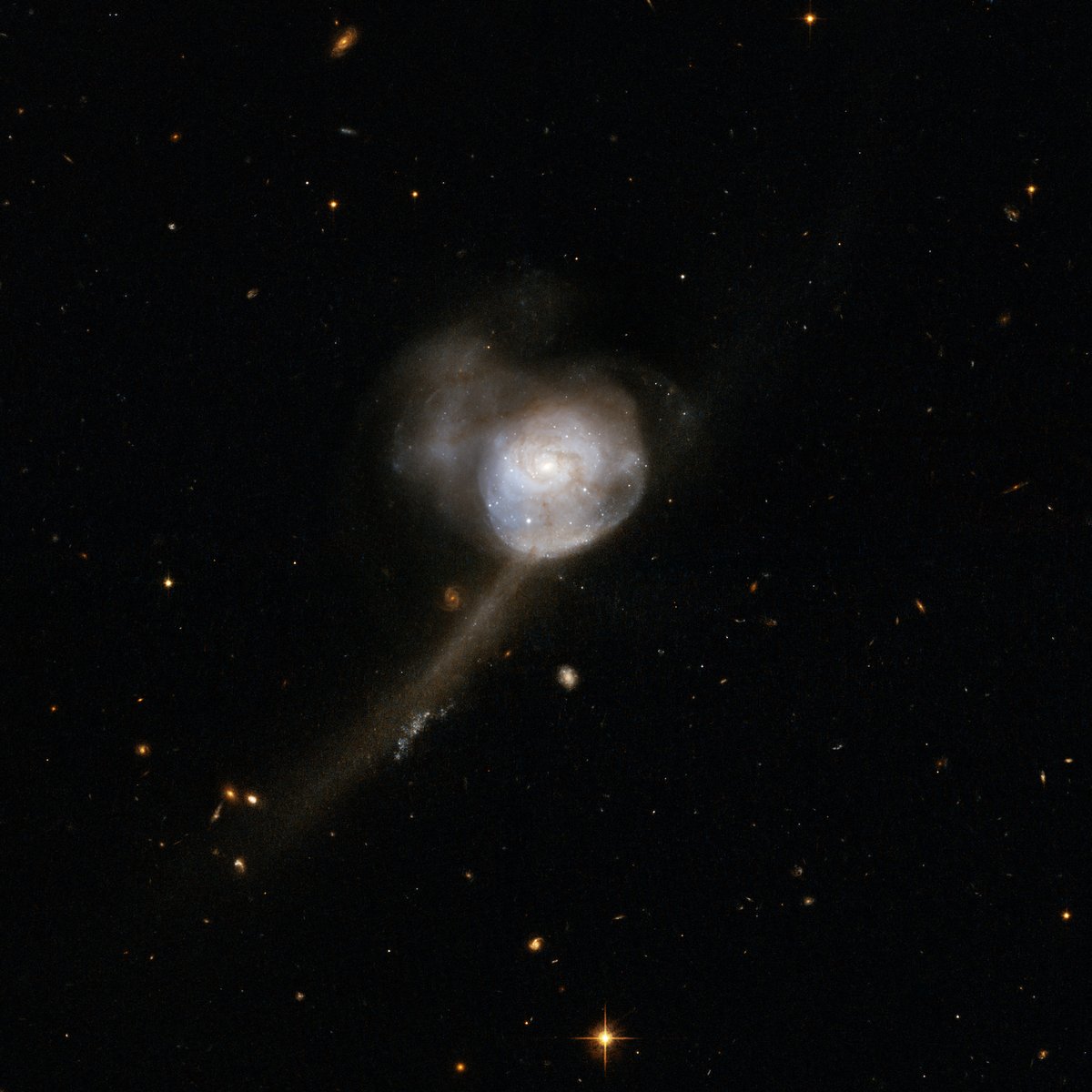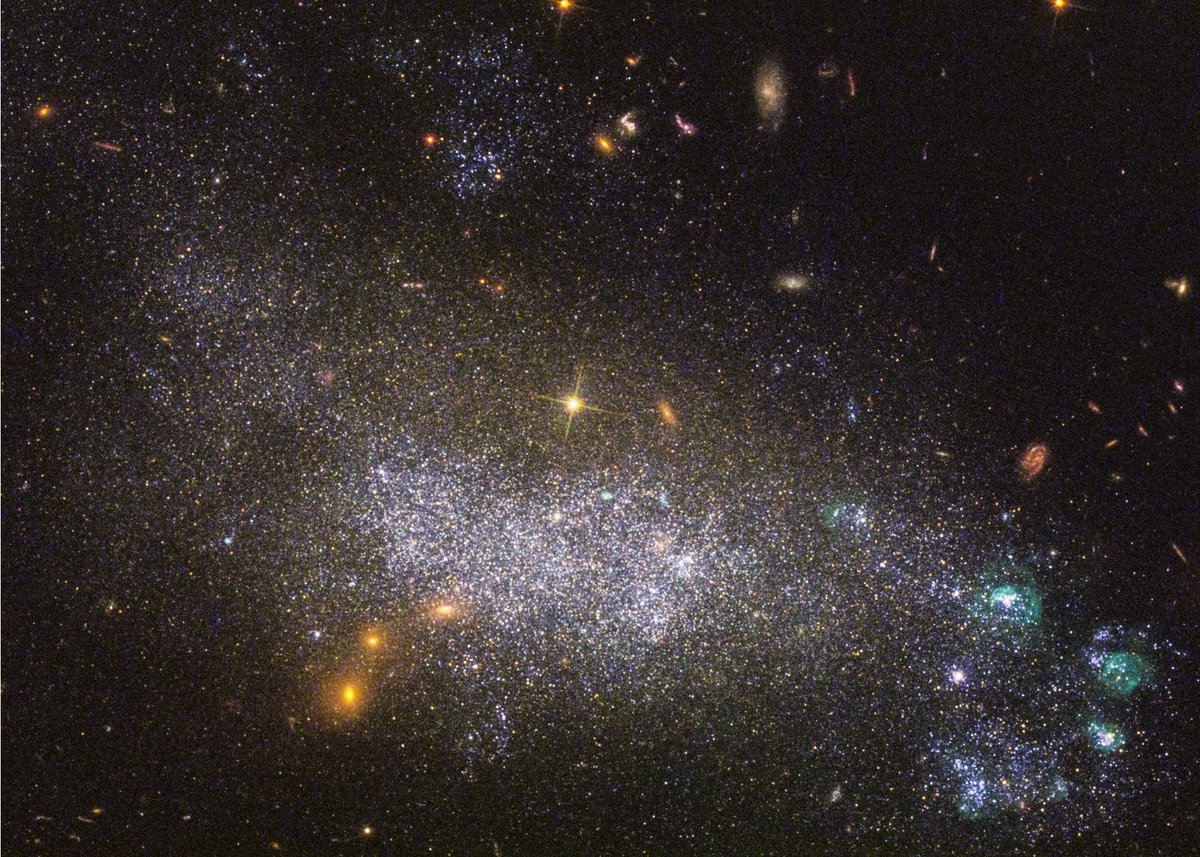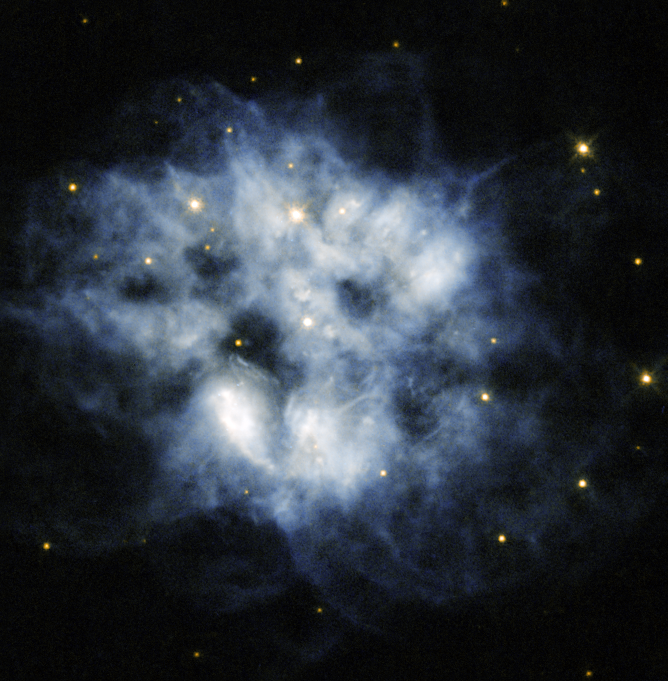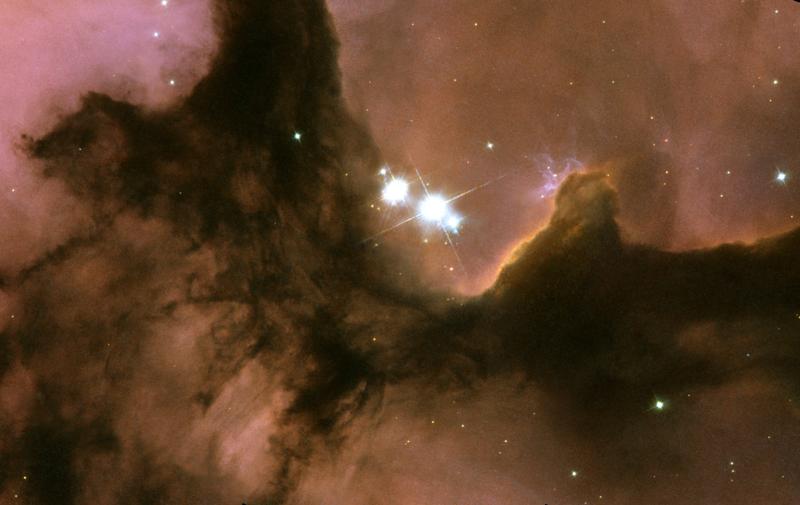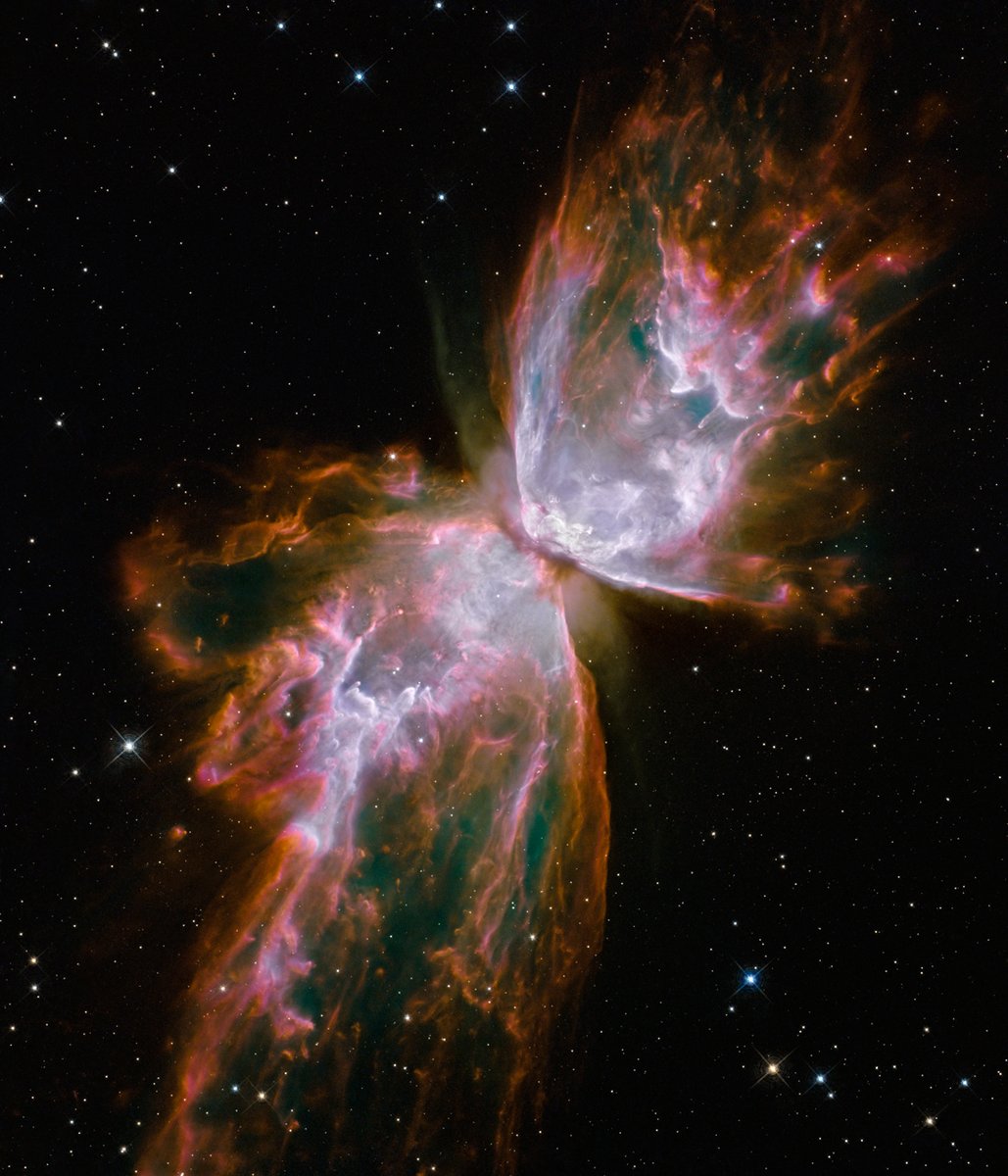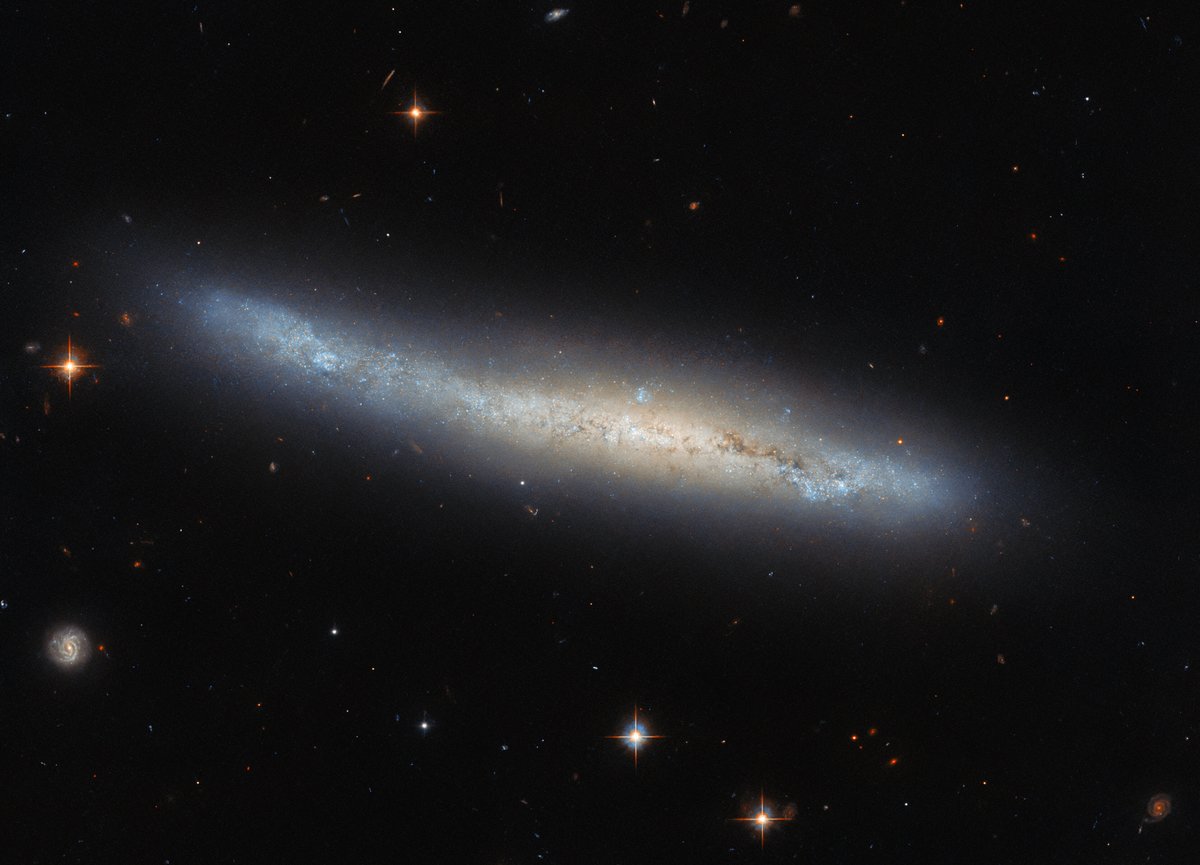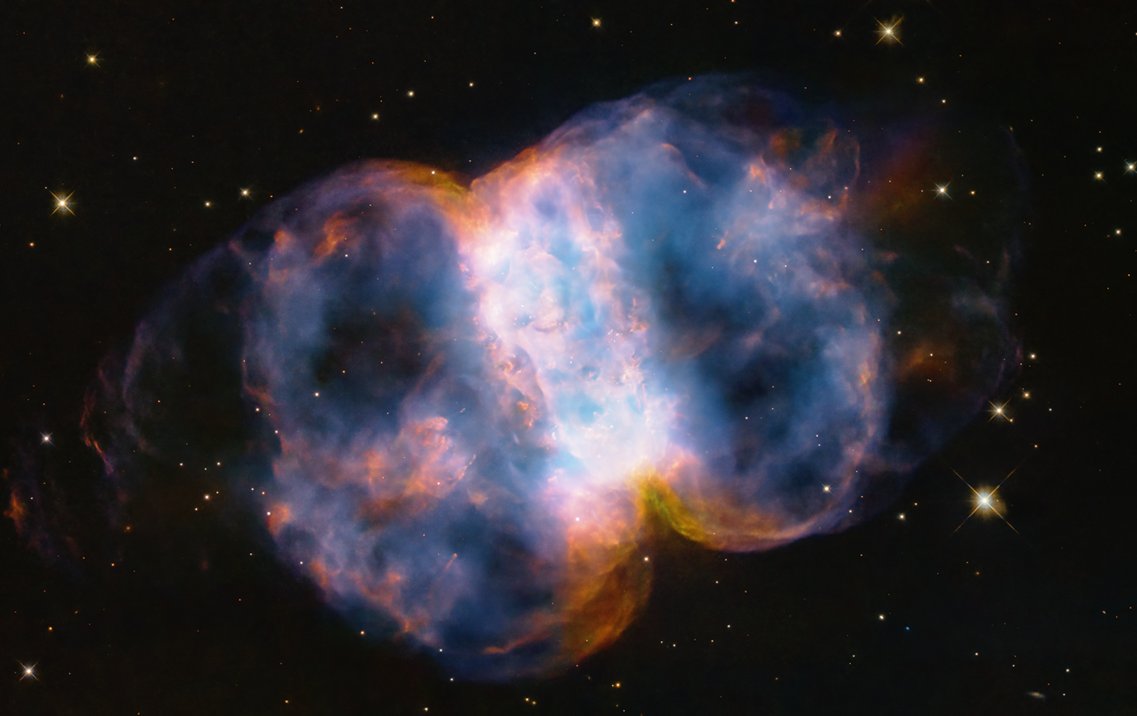
Hubble Space Telescope
@HubbleTelescope
News from the Hubble Space Telescope operated by the Space Telescope Science Institute (@spacetelescope) in partnership with NASA.
ID:15169176
http://hubblesite.org/news 19-06-2008 13:31:40
5,0K Tweets
415,7K Followers
182 Following















Did you know that Hubble has not only expanded our understanding of the universe, it has impacted innovations here on Earth? From enhancing detection imagery to tracking endangered species, Hubble has helped shape our lives and society. #HubbleGotchu Credit: D. Kirshenblat/STScI





